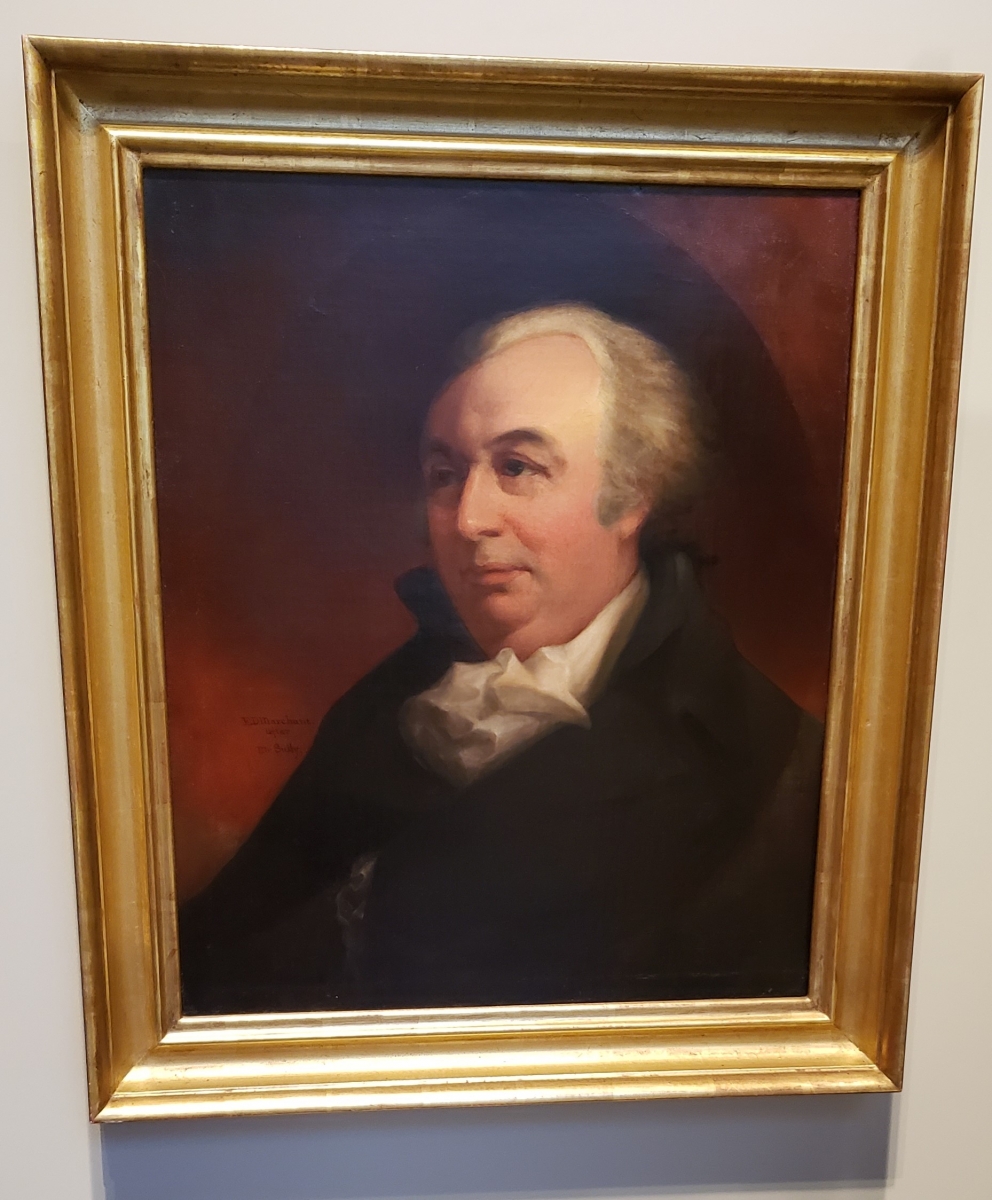Gouverneur Morris - One of America's Founding Fathers
Related Posts
- Buy Tickets for The Constitutional Walking Tour of Philadelphia – See 20+ Sites on a Primary Overview of Independence Park, including the Liberty Bell and Independence Hall
- Independence Hall
- Signers' Garden
- Signers' Walk
- Second Continental Congress
- Constitutional Convention
- Congress Hall
Birth: January 30, 1752
Death: November 6, 1816 (age 64)
Colony: Pennsylvania
Occupation: Lawyer
Significance: Regarded as the "Penman of the Constitution" of the United States, including for his work in writing the Preamble; signed the United States Constitution (at the age of 35); served as Minister to France (1792-1794); and served as United States Senator from New York (1800-1803)

Gouverneur Morris was born in New York to a prominent family in an area of Westchester County that is now the Bronx. His unusual first name is his mother's maiden name. Morris was educated at King's College (now Columbia University), and he graduated in 1768. Morris continued his education at King's College, obtaining a Master's degree and studying law. After graduating, Morris became involved in the Colonial conflict with Great Britain and was appointed to the New York Assembly in 1777. In 1778, Morris was elected to serve in the Continental Congress which was meeting in Philadelphia. While in the Continental Congress, Morris signed the Articles of Confederation. When Morris was not re-elected to the Continental Congress in 1779, he decided to remain in Philadelphia where he started a successful law practice and also had success as a merchant.
Morris was later also named as a member of the Constitutional Convention which met in his adopted hometown of Philadelphia in the Summer of 1787. At the Constitutional Convention, Morris represented Pennsylvania and played a key role in the proceedings since he gave more speeches than any other single delegate, 173 speeches in total. His speeches ranged in topic from speaking in support of a strong central government, his apprehension toward total democracy, his support of total religious freedom and his strong stance against slavery. Morris also served on the Committee of Five, which drafted the actual wording of the United States Constitution. Morris is credited with writing the iconic Preamble of the United States Constitution, and he is sometimes known as the "Penman of the Constitution." When the time came, Morris signed the Constitution.
After the ratification of the Constitution, President Washington eventually named Morris the Minister to France, a position he held from 1792-1794. Upon his return to America, Morris returned to New York where he would be elected U.S. Senator in 1800. Morris served one term in the U.S. Senate until 1803.
Gouverneur Morris in Philadelphia
Gouverneur Morris lived in Philadelphia while a member of the Second Continental Congress starting in 1778. While a member of the Continental Congress, Morris worked at Independence Hall. Morris then continued to live in Philadelphia even after he left Congress and once again worked in Independence Hall when he helped write the Constitution of the United States as a member of the Constitutional Convention in 1787. After moving back to New York, he was elected Senator of New York, which caused him to move back to the Capital city of Philadelphia where he served as a U.S. Senator in Congress Hall. Today, you can also see a statue commemorating Morris for his role in the creation of the United States Constitution in the Signers' Hall exhibit of the National Constitution Center. Signers' Garden pays tribute to the Founding Fathers, including those such as Morris who signed the Constitution of the United States. The National Constitution Center, Congress Hall, Independence Hall and Signers' Garden are all stops visited along The Constitutional Walking Tour!



